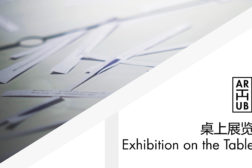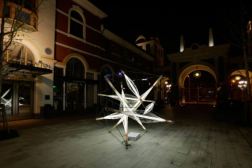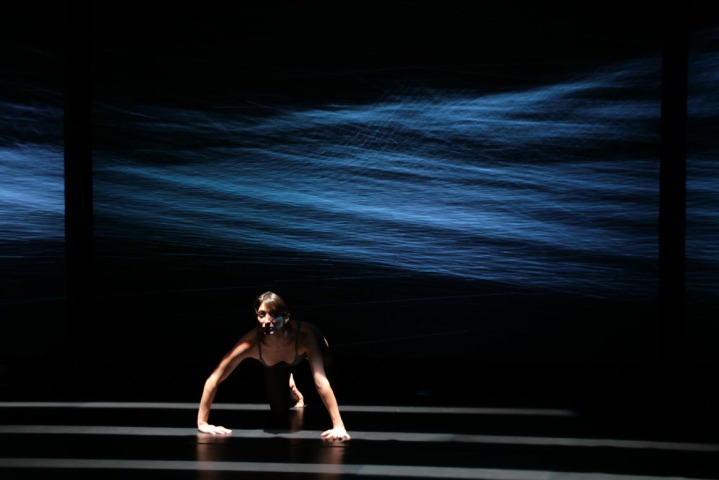
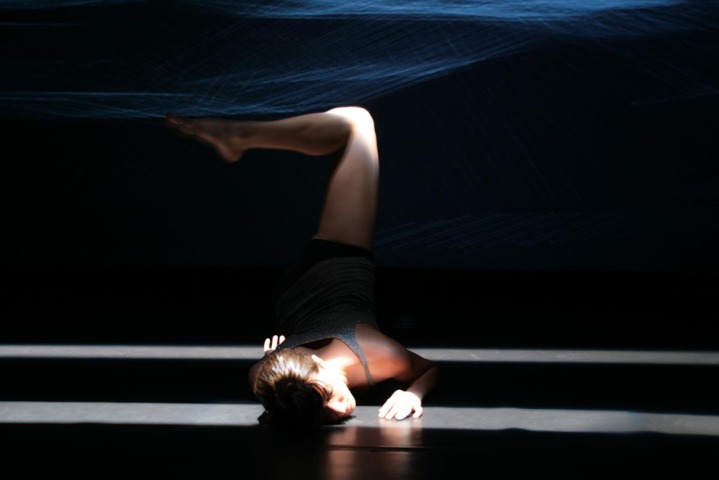

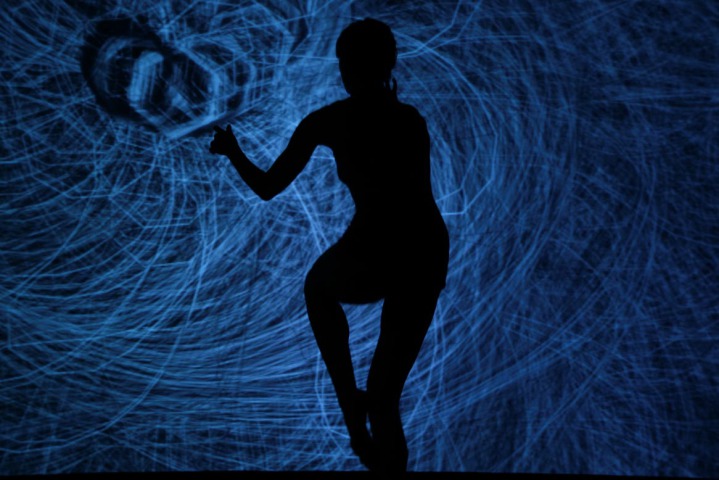
Ars Numerica Residency: Aaajiao, B6 and Alizia Borsari
Time: The residency will be from 8 June 2009 to 9 July 2009.
Arthub and Ars Numerica are co-operating for the first time in order to allow Aaajiao, B6 and Alizia Borsari to conduct a research/field-study on new media art in France. The program for the visit will be presented shortly.
Supported by Ars Numerica–European Center for digital arts of the Communauté d’Agglomération du Pays de Montbéliard.
Introduction
The purpose of the workshops designed by Davide Quadrio and carried out by Alizia Borsari that took place in February, May, and September of 2008 in Shanghai, was to explore the possibility of making a group of multi-disciplinary artists work together in an open creative production where the individual “actors” could, through their direct involvement in the creative process, learn more about each other’s creative practices and generate an evolution of new artistic content, meaning and direction.
The main goal of the project is to give a group of artists the opportunity of creating a performance based on an open process/structure where fixed pillars constitute the basis on which to freely apply multi-disciplinary creative processes. The work in progress is still fairly new and somehow difficult to be acknowledged and accepted in China, mainly because of the multi-disciplinary, multi-lingual environment such as the one in which we operate. Artists in China (and we wonder, only in China?) still have difficulties in working with colleagues trained in other disciplines: architects with visual artists, or dancers with visual artists, dancers with actors, or musicians with choreographers.
Alizia Borsari led the group into a theatrical experience that, starting from the idea that life is a flowing situation, tried to artistically translate a dynamic structure using three means of human expression: the Body (acting, dancing and vocalization), live music and live video projections.
The challenge in working with this group of China-trained artists was how to find a way to enter the creative process. The first step of this workshop was oriented to define the personal reasons for acting and how to use the body in an imaginary situation. The question we asked first was: how could the body represent such a conveyance of gestures and/or emotions?
This simple question has been a fundamental query that helps in defining the “stage of drama” as an open performing space. While constructing the mobility of space itself, we then created time fragments destined to be opened up for interactive research between body, music and video.
To put it more simply, the workshops had a sort of educational dimension to themselves that focused the attention of the participants on the act of listening to each other’s expressive form and internal needs in order to create an original piece. Thereby challenging traditional approaches and the fear of the unknown.
Having a history of western school theatrical training, Alizia took for granted that the body should be the most flexible instrument for the representation of the emotions and content. Content that in the play are expressed by music, video, voice and by movements.
Working daily with Chinese artists, however, she discovered that the possibility of expression of the body is mostly seen as a fixed structure of movements (choreography) that hardly takes into account all of the research that must go into linking action with intention of gestures. Thus, one of the key strategies in the workshops was to oppose the expectation of the artists/dancers to be choreographed in order to become frames in an acceptable and safe process for them.
The second lead: disassembly of mannerism and rejection of story. We worked to change the concept of the body as being a fixed place to let it become a fragmentation of actions and a dynamic environment of transmutable effects (body, music and video).
In this phase, music and video became a part of the creative process with which artists actively disassembled body actions. In this process we analyzed the fixed rules behind music and video and we sort of disassembled them again via the dancers. We invited the four artists to watch, listen and think before reacting.
One of the goals was to create an environment that can provide the artists with the skill to react and to be aware of their reactions basing the experience on a live concept. We were therefore able to witness and observe a new dimension where the boundaries between dance, theatre, video and music became an opportunity to create a new grammar of expression within the spaces of the stage.
The third lead: re-dimensioning and disassembly of structure.
Priority was given to the emotions and not to logic of story.
Emotions can create different stories and simultaneous situations, while a fixed story is usually built on a logical structure and responds to a self-representation of one particular situation. So we boldly decided to let the emotions of the artists takeover, rather than letting the story (also called choreography) take the upper hand: in this way we encouraged self analysis and verbal confrontation as being the important cohesion factors of this piece.
The work of Alizia as facilitator of this process was to create this instability of creation: producing a piece without fixed stereotypes of creation, with an open grammar and without the mentality of a leader (the director as deus ex machina, who comes and decides the logic or the drama of the piece). The result is this fragmented structure that can be considered as an electronic concert supported by video and acting, or a video installation that interacts with music and body/dance, or a multiple-layered play that accounts for three different levels of artistic expression (movement, music, interaction).
Working with a multi-disciplinary team, we were privileged in our ability to use various forms of grammar during the creative process, ultimately allowing for the utilization of a dynamic flow of language (between body, video and music) and to bring out what the artists wanted to express in relation to each particular emotion built in each single moment of the play.
In summary, this co-operative way of working in a multi-disciplinary context is fairly new in China. Only few experiences like this one where profitably carried out in the last decade or so. All participants of 忍而为人 have different backgrounds and, for this reason, they have been asked to work on a progressive concept with the objective of putting together a performance that can represent an enlarged moment of their artistic lives.
Thanks to the direction of Alizia Borsari, who introduced a new approach to playwriting to dancers and to visual and musical artists, inviting them to go beyond their medium, what takes place is the construction of a new opportunity that allows the artists to practice new techniques of expressions: this is what we mean by “redimensioning” or “disassembly” of the standard scenic play.
The visual contribution by Aaajiao is particularly influenced by external agents such as rhythm and noise; furthermore in parallel, this visual contribution may also produce internal changes following the definitions/rules of the virtual parameters that the author creates by means of the computer. This visual contribution mixed together with the electronic music of B6 enabled a path, where pre-recorded digital music, was converted into a flexible flowing structure. In our opinion, the fact that both Ajiao and B6 decided to go “live” and to accept the risks of an open performance, very well represented how this workshop successfully gave the chance of transforming or merging these artists’ practices into something new. This having been achieved, the body then became the link and the basis on which visual and music impulses can be translated into physical accomplishment.
The resulting creation was presented at the Shanghai eArt Festival in October 2008 by means of a multi-media presentation on stage designed by the team of architects Wang Zhenfei and Wang Luming. Presentation still advocates to be a possible declination of a work in progress–a temporary result that will certainly be further developed in the future.
Patience for man is a live performance not only for the dancers but also for the music scape and the visual arts. Both B6 and Aaajiao will be performing live together with the dancers to create a unique experience for the public.
